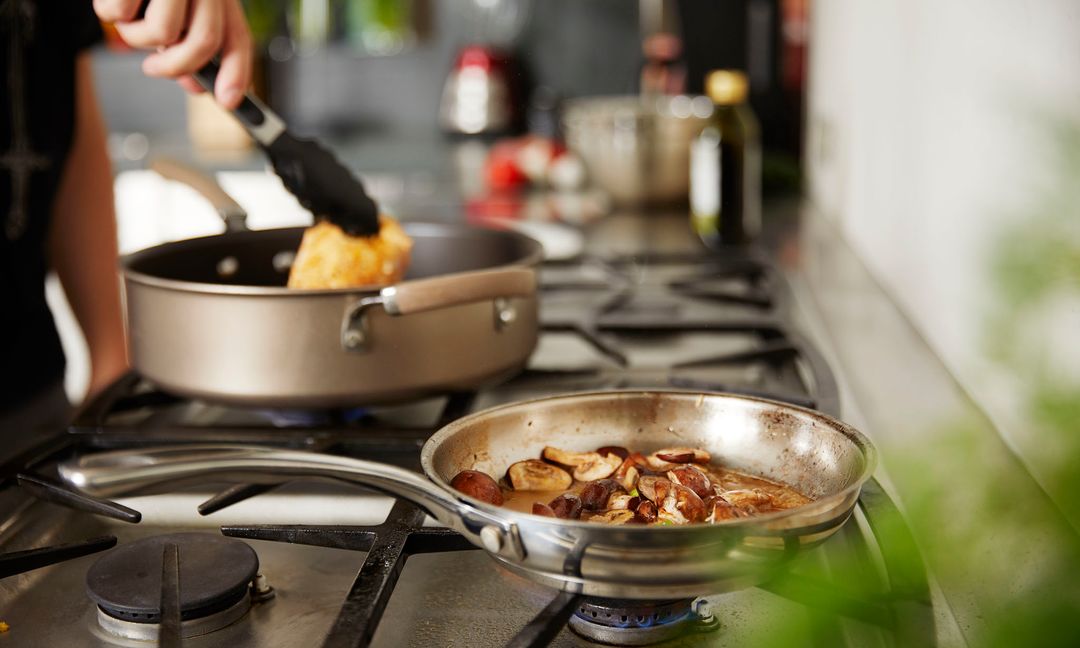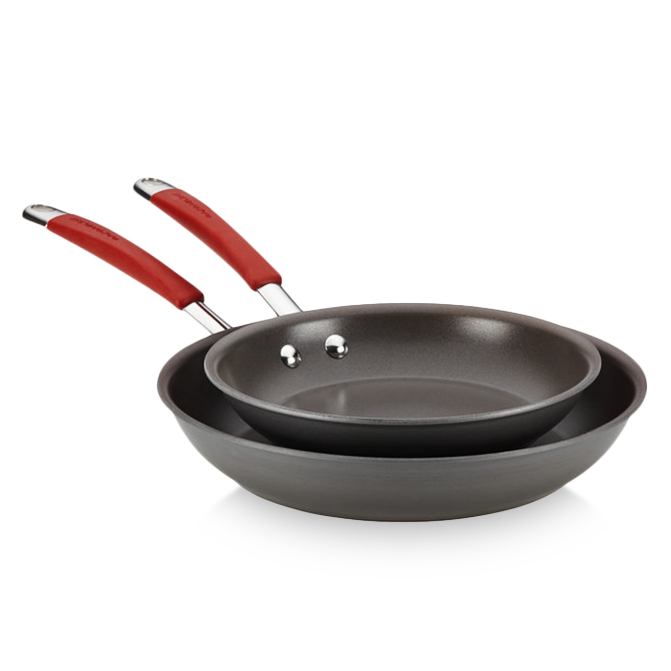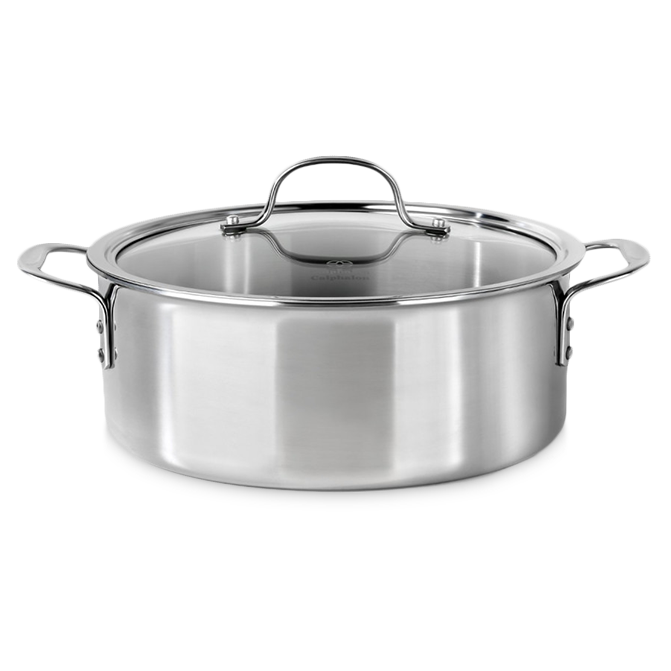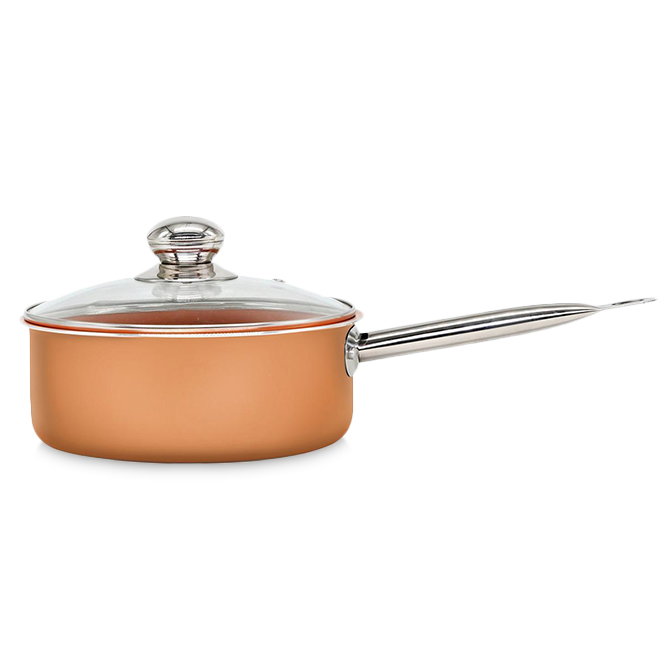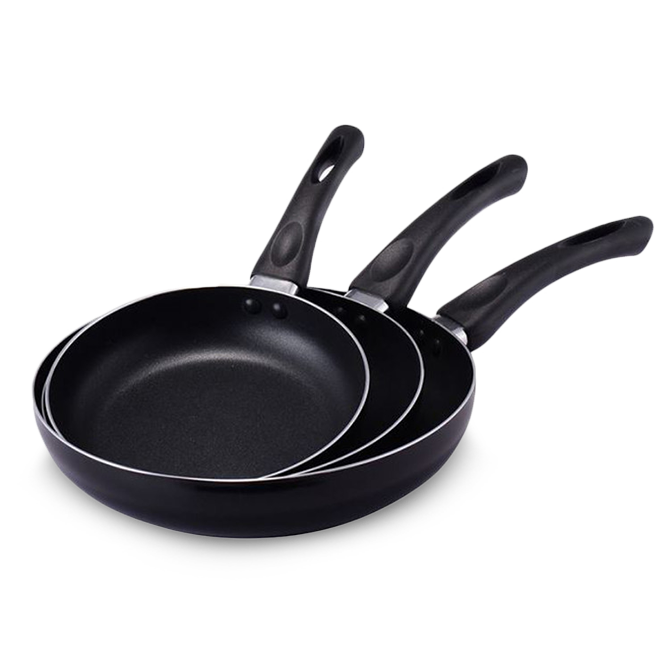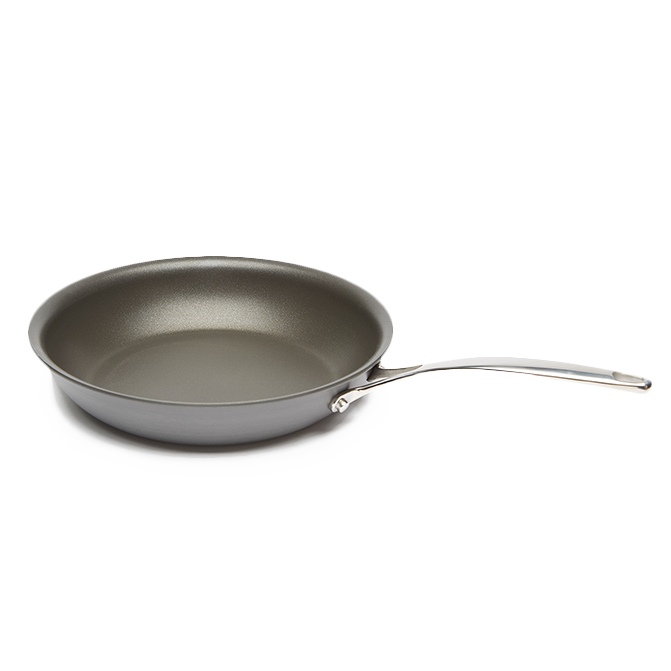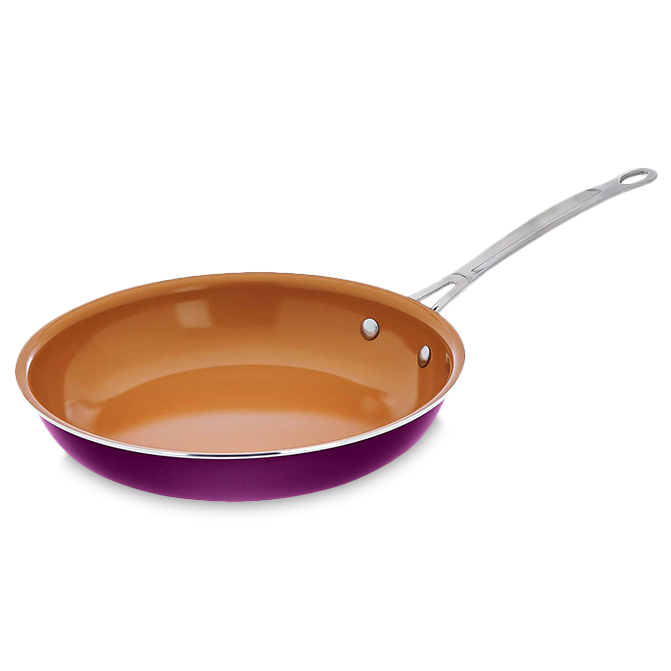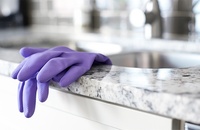GROUPON GUIDE TO RENO
What's the Best Type of Cookware?
BY: Editors |Oct 9, 2018
Cookware Deals

NewHome Stainless Steel Cookware Set Induction-Ready Pots & Pans Set (7-Piece)
63% discount_off
$38.39 with_code GROUPON
iMountek

5 Pcs Wooden Spurtles Set Kitchen Tools for Cooking
55% discount_off
$7.19 with_code GROUPON
SIXTY SHADES OF GREY INC.

NewHome Non-Stick Granite Cookware Set Induction-Ready Pots & Pans Set (8-Piece)
51% discount_off
$54.39 with_code GROUPON
iMountek

Granitestone 15-Piece Nonstick Cookware and Bakeware Set
13% discount_off
$103.99 with_code GROUPON
EMISHAN AND SONS INC

Granitestone 3-Piece Nonstick Frying Pans Set (8, 10, 12 inch)
21% discount_off
$43.99 with_code GROUPON
EMISHAN AND SONS INC

Steamer pot for Cooking, 3 Piece Steamer Cookware
60% discount_off
$15.99 with_code GROUPON
100 Rt 59

13 Pc. GraniteStone Pro Hard Anodized Grey Ceramic Coating Nonstick Cookware Set
55% discount_off
$71.99 with_code GROUPON
EMISHAN AND SONS INC

9.5 Ultra Nonstick Red Copper Frying Pan With Stainless Steel Handle
55% discount_off
$13.59 with_code GROUPON
Top-Rated Products

Thermal Conducting Aluminum Non-Stick Cookware Set (3 pc, 8pc or 10pc)
Sale Ends 4/27
Imperial Home

Granitestone 20-Piece Non-Stick Diamond Infused Cookware and Bakeware Set
20% discount_off
$159.99 with_code GROUPON
6 bought
EMISHAN AND SONS INC

Ninja Extended Life Premium Ceramic Fry Pan (Dark Gray) - New
54% discount_off
SDG Distribution

Kitchen Steamer Basket & Strainer Excellent For Eggs Vegetables, Spaghetti
86% discount_off
$5.59 with_code GROUPON
100 Rt 59

NewHome Non-Stick Granite Cookware Set Induction Kitchen Pots & Pans Set (17pcs)
48% discount_off
$62.39 with_code GROUPON
iMountek

DiamondClad Hybrid Nonstick Fry Pans with Tempered Glass Lids Cookware Sets
12% discount_off
$107.19 with_code GROUPON
2 bought
Livwell Brands

NewHome 3-Piece Pre-Seasoned Non-Stick Cast Iron Skillet Set (6", 8", 10")
61% discount_off
$23.19 with_code GROUPON
iMountek
More Deals on Kitchen Goods

Digital Electronic Kitchen Food Scale 5KG/1g 11lb
63% discount_off
$8.79 with_code GROUPON
Ezone Technology Inc

Whall Toasters 2 Slice 6 Bread Shade Settings
63% discount_off
10+ bought
SDG Distribution

80QT Patio Party Stainless Warm/Frozen Function Rolling Cooler Cart
Sale Ends 4/27
Home-Like

PowerXL Vortex Digital 10 Quart Air Fryer Pro 7-in-1 Healthy Cooking Slate Grey
19% discount_off
10+ bought
SDG Distribution

4-Layer Herb Grinders w/ Bonus Container (Small, Medium, Large)
60% discount_off
$7.99 with_code GROUPON
Flash PopUp

3 Pack GE MWF Refrigerator Water Filter Smartwater Compatible Filter
60% discount_off
$22.39 with_code GROUPON
Drinkpod

Ginsu Chikara 8-Piece Knife Block Set
55% discount_off
E & S INTERNATIONAL ENTERPRISES INC.

Trending
Water Bottle Carrier Bag with Pocket for Stanley 40oz with Adjustable Strap
70% discount_off
$5.65 with_code GROUPON
VAVA

WHALL Slow Masticating Juicer for Vegetable and Fruit (Grey) - Refurbished
56% discount_off
SDG Distribution

Costway 1500W Countertop Blender Smoothie Maker High Power Blender w/ 10 Speeds
46% discount_off
$119.99 with_code GROUPON
Costway

Ultra Sharp 7Pc &15Pc Kitchen Knife Set Stainless Steel Chef Knives by Lux Decor
79% discount_off
$13.59 with_code GROUPON
Lux Decor Collection

5 Pack Refrigerator Water Replacement Filter for Maytag UKF8001 & more
72% discount_off
$28 with_code GROUPON
Drinkpod

Costway Portable Blender 6-Blade with 12 Oz & 24 Oz Travel Bottle
52% discount_off
$53.59 with_code GROUPON
Costway

Ninja Foodi 5 In 1 Indoor Grill & Air Fryer-Ultimate Kitchen Upgrade for Mom!
31% discount_off
SDG Distribution

Water Bottle Carrier Bag with Pockets for Stanley 40oz with Shoulder Strap
79% discount_off
$5.07 with_code GROUPON
BSGOO
